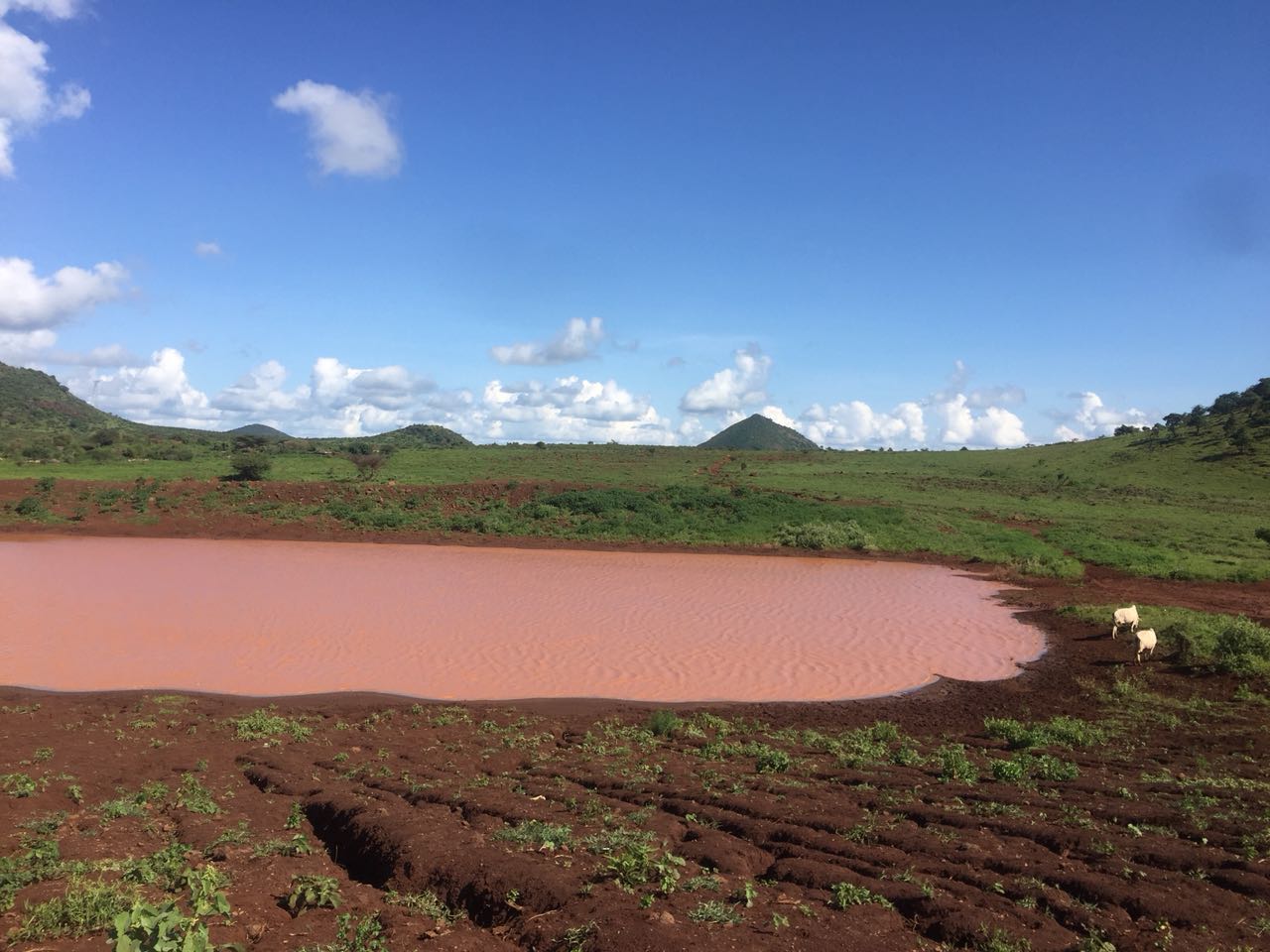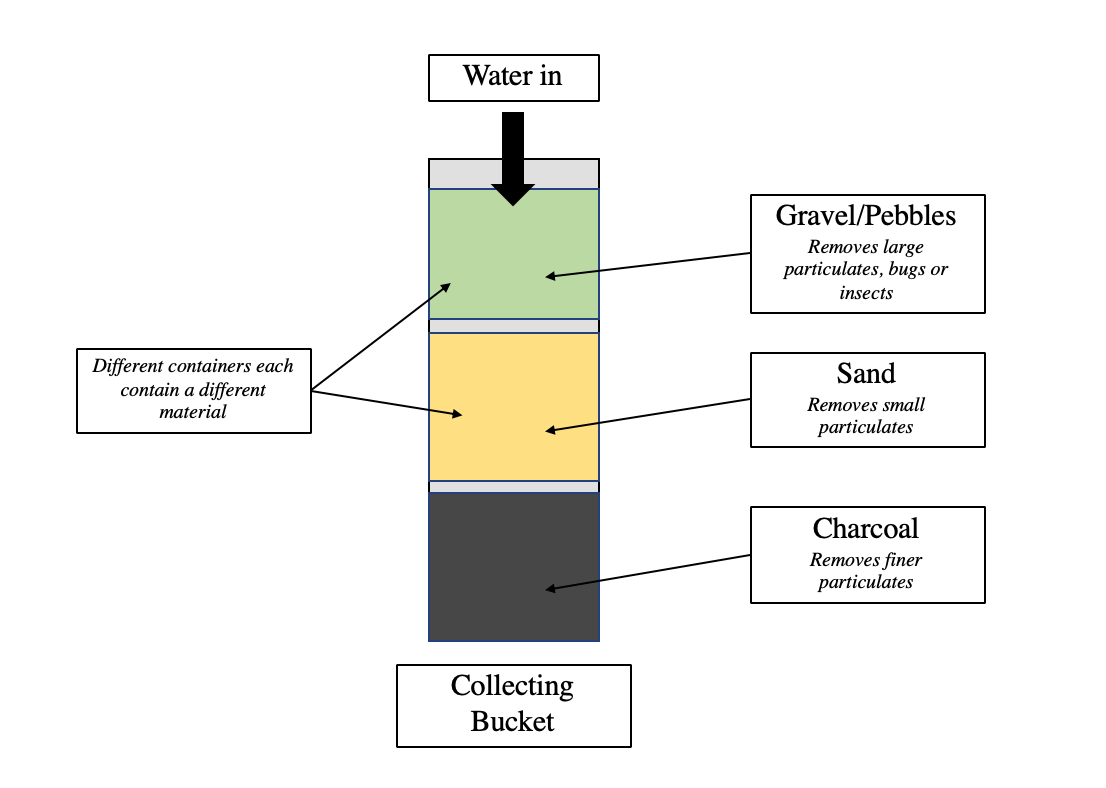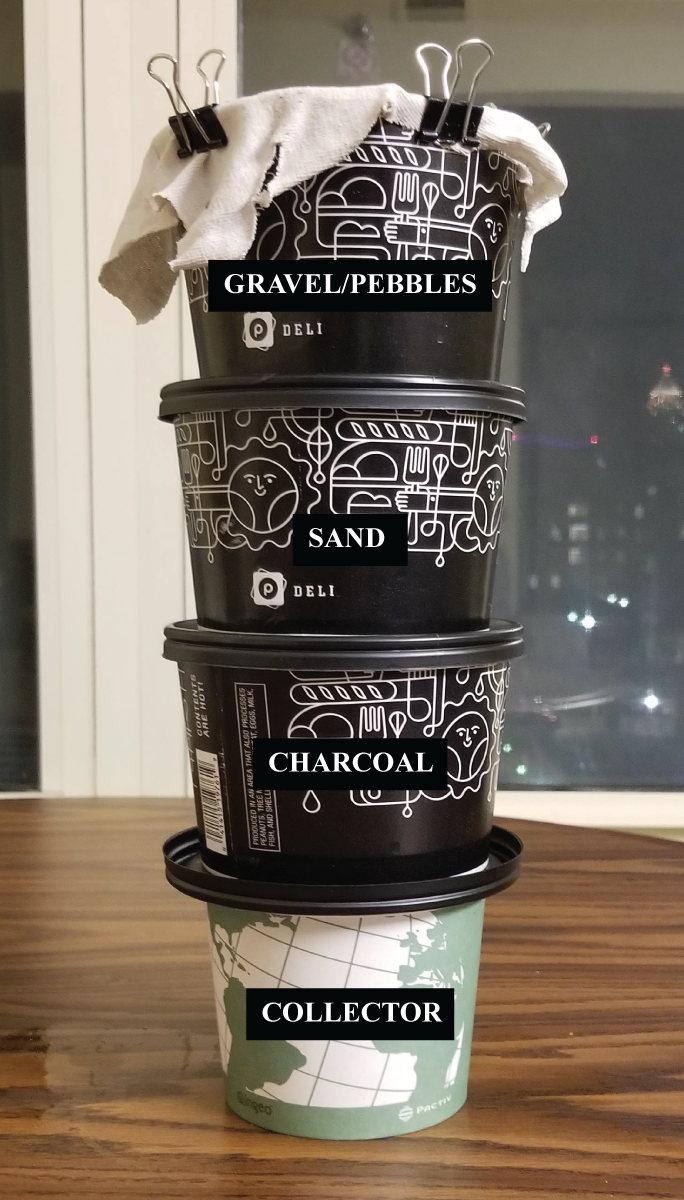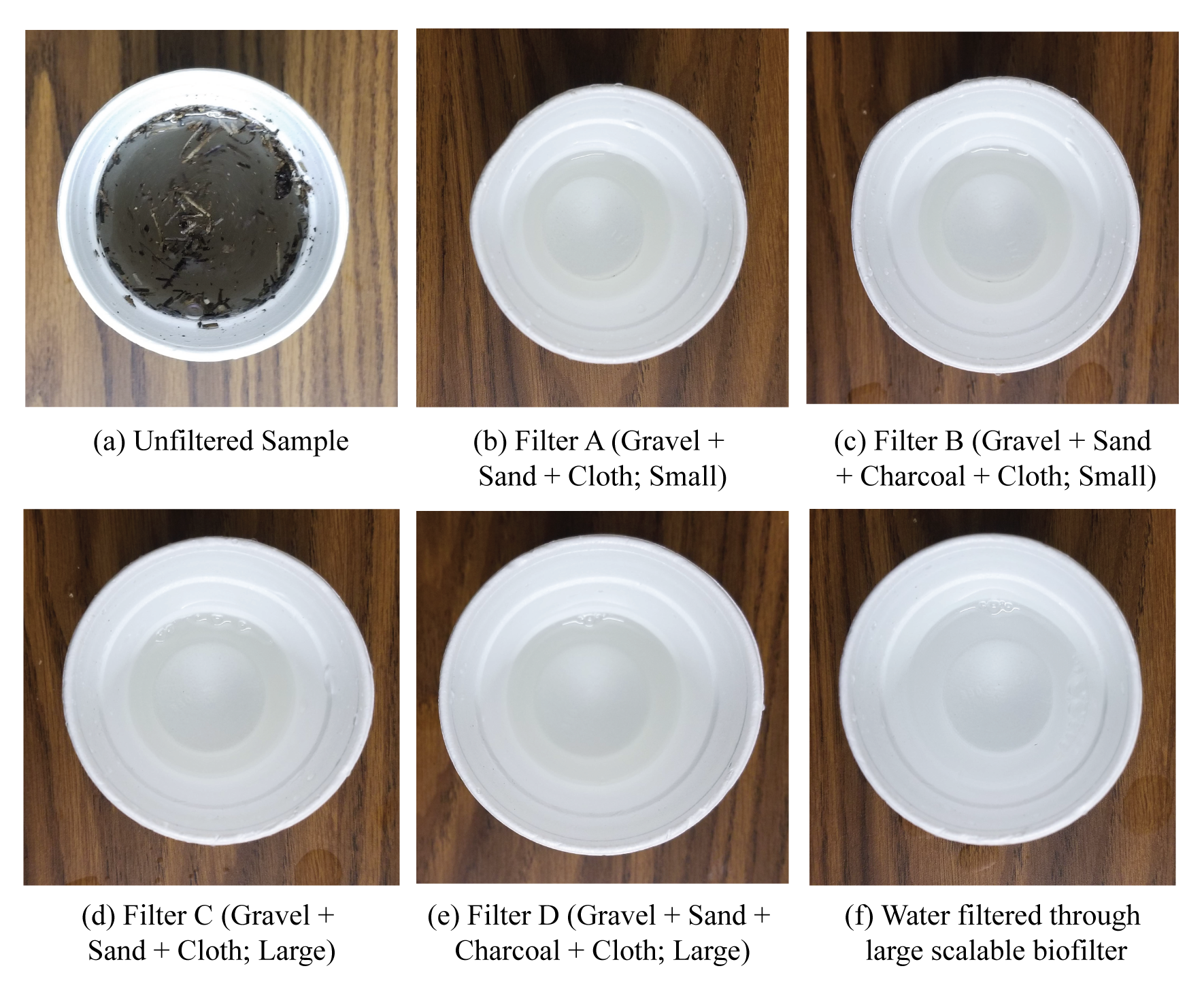Filtration and Disinfection of Water in Naturally Occurring Reservoirs
Rishabh Datta is a 4th Year Mechanical Engineering student at Georgia Tech, Atlanta. Rishabh is interested in Energy and Fluid Systems, CFD and renewable technology. For more projects, click here.
Removing Solid and Microbial Contaminants
OVERVIEW
The town of Marsabit is an outpost of urban civilization in the vast desert of northern Kenya. Marsabit is also home to a number of tribal communities who live outside the city. These tribal communities depend heavily on natural bodies of water such as lakes and ponds which are formed and replenished by the annual seasonal rainfall. However, the stagnant water in the lakes and pools, exposed to animal and avian contamination, poses a significant health and sanitation hazard for the tribal groups. Without proper treatment, the consumption of water has resulted in the prevalence of potentially fatal water borne diseases among the tribal communities.
This project was completed in collaboration with Trevon Sharper, Niral Jagtap and Henry Adeyemi under the supervision of Dr. Joyelle Harris, Georgia Tech.

Marsabit community water source
Objectives
The objective of this project was to convert water from natural lakes/ponds into potable water safe for human consumption, in order to reduce the incidence of water-borne diseases among the tribal population. The two main objectives are filtration (to remove particulates) and disinfection (to remove pathogenic microbes). The probability of the presence of toxic elements such as lead or fluorides in the water is assumed to be small, due to a lack of industrial development in the area. Therefore, the removal of heavy metals and toxic elements was not prioritized.
Filtration
A biofilter was designed to enable filtration of solid contaminants out of the natural water. A biofilter is a filter which employs naturally occurring materials for filtration. Materials are lined in the biofilter in terms of decreasing particle size. As water flows through the pores in the different layers, particulates of varying sizes are trapped within the pores and filtered out. The materials used for the designed biofilter were gravel/pebbles, sand, charcoal and cotton fabric.

Scalable biofilter design for removal of solid contaminants
The proposed biofilter design in shown above. The proposed design consists of separate containers containing filtration material, which can be stacked to form a tower filtration system. Holes are drilled into the bottom of each container to allow passage of water, while cotton fabric is lined at the bottom of each container to prevent leakage of the material through the drilled holes. The proposed design offers multiple advantages. The design is highly scalable, allowing the user to filter larger quantities of water by using larger containers. Furthermore, the containers can be individually switched out for rinsing the filtration material. The proposed filter was found to successfully filter a 1:4 mixture of dirt and water by volume to produce a clear transparent filtrate.

Biofilter model containing layers of gravel, sand, and charcoal lined with cotton fabric
The effect of different material configurations on the effectiveness of filtration was investigated to determine the best configuration for filtration. A sand and pebble filter was found to be adequate to produce a clear transparent filtrate, although a yellow coloration was observed in the filtered water. The coloration was found to diminish when a layer of finely ground charcoal was added to the filter, or when the filter size was increased. The finer pore size in the charcoal layer allows for the filtration of finer particles which pass through the sand. Similarly, a longer layer height was found to improve filtration by increasing the residence time of the water in the layer.

Filtrates from different filter designs
Disinfection
Thermal disinfection in the form of boiling to remove microbial contaminants (bacteria, protozoa or viruses) was investigated. Samples of pond water were allowed to boil for varying intervals of time, and then tested for bacterial presence. Bacterial presence was not detected in the samples which were boiled for 3 minutes or more. The volume of water boiled was observed to a negligible effect on the disinfection process. Thus, successful disinfection was achieved by boiling for at least 3 minutes regardless of the volume of water.
Ultraviolet disinfection is another possible method of disinfection. Filtered pond water was placed in a clear PET bottle (less than 3 liters) and exposed to sunlight for 6 hours. The sample demonstrated a negative result when tested for bacteria. This method, although more time-intensive, does not require burning of fuel, and can be used to disinfect larger volumes of filtered water.
Cooling
Water exposed to the boiling or to sunlight may be required to be cooled before consumption. A zeer pot can be used to increase the rate of cooling. The configuration consists of two clay pots. Warm water can be poured into the inner pot, while damp sand can be placed in the outer pot. The porous clay allows water to travel to the exterior of the inner pot, significantly increasing the surface are available for convective heat transfer and evaporation. The configuration, when placed in a shallow hole in the earth, was found to reduce the cooling time of water by 46%.
Conclusions and Future Steps
The filtration, disinfection and cooling techniques proposed can be used to generate water safe for human consumption using resources readily available to the local tribal communities. The biofilter design can be scaled to filter larger quantities of water collected from the natural reservoirs, and then disinfected using thermal or ultraviolet exposure. The presence of toxic contaminants such as heavy metals or fluorides can be tested for in the future, and methods may be developed to remove such contaminants, should their concentration exceed the recommended amount for human consumption. The full report can be found here.